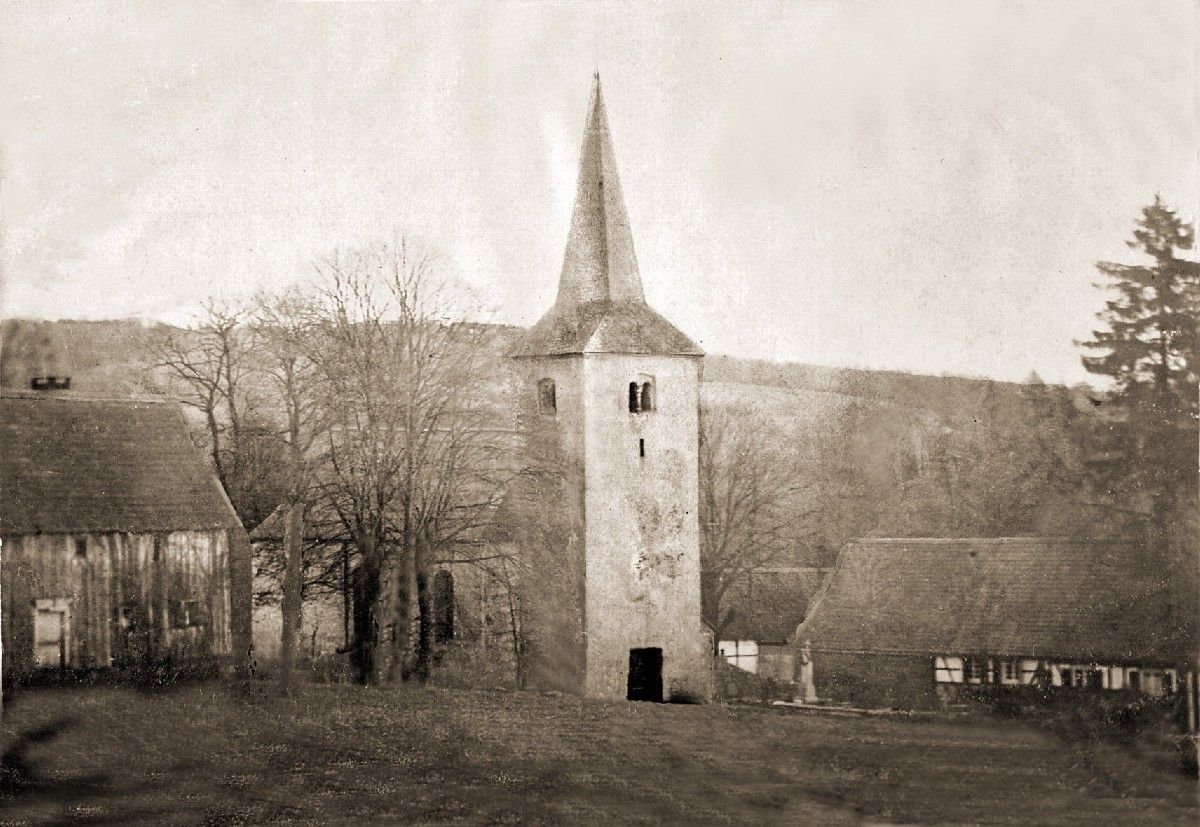Historical objects in and around Kürten

"Dü'esched" - bordered by the stream
Dürscheid
The name “Dürscheid”
The oldest evidence of the village dates back to around1280.
For centuries, Dursen (also Dursten, today's Dürscheid) was the administrative seat of this monastery for its numerous possessions in the Bergisch region. The meetings of the so-called court of justice, which regulated the ownership structure, took place in today's Dürscheider Hof , a very old house which, according to some experts, could also be the original Hof Dursen. The name goes back to the Celtic word dur = water and scheid = border . Dürsch separated the medieval offices of Steinbach and Bensberg for several centuries.
The oldest evidence of the village is the Church of St. Nicholas, whose massive quarry stone tower dates back to around 1280. It belonged to a serf or manor farm that was subject to tax to the Maria im Capitol women's monastery in Cologne. It belonged to a feudal estate or manor that was subject to the Maria im Kapitol convent in Cologne. The associated feudal court met in the Dürscheider Hof until 1806. In the 19th century, mining dominated the economic life of the village. There were two open-cast mines (Grube Luther in Spitze and Katharina Glück in Lenzholz) and an iron smelter (Dürscheider Hütte) in Dürschtal.
With the expansion of the "Fürstenbergische Landstraße" in 1854, commercial traffic increased significantly. The road led from Bergisch Gladbach to Wipperfürth through the middle of Dürscheid.
Around 1900, 15 residential buildings and 104 inhabitants were reported.

